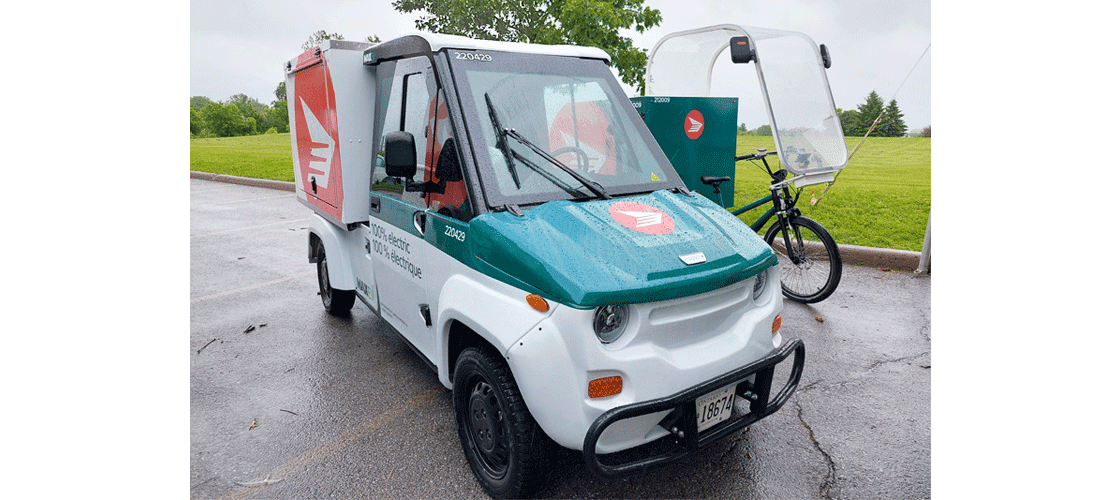Ottawa is updating its Green Fleet Strategy for the first time since 2016. A lot has changed since then—climate targets have become more urgent, and the city itself has declared a climate emergency. But will the new strategy truly reflect the urgency of the moment?
Two paths, one problem
The strategy identifies two potential paths:
Reduced Emissions Path
The “Reduced Emissions Path” sticks to the current approach—gradually replacing vehicles with available electric models and running small technology pilots. But this pathway is projected to achieve just 38% of the 100% emission reductions required by 2040—far from what’s needed.
Toward Zero Emission Path
The “Toward Zero Emissions Path” is the ideal scenario, assuming that within 3-5 years, new technologies—such as hydrogen fuel cells—will become viable. If those solutions materialize, this approach could cut emissions by 93% or more.
However, both scenarios share the same flawed assumption: that the key solutions are just around the corner, requiring no major shifts today.
What if the solution isn’t just around the corner?
Can Ottawa do more to reduce emissions right now? The answer is yes—and the proof is in the same meeting agenda.
At the same time as this Green Fleet Strategy update, the Public Works and Infrastructure Committee is also reviewing the results of the city’s e-cargo bike and low-speed vehicle pilot program, launched in 2021. As we’ve suggested in the past, e-cargo bikes are going to be a key part of future fleets. The pilot program report confirms that this is already underway here in Ottawa. It highlights promising results from Purolator and Canada Post who participated in the program.
Purolator has been using e-cargo bikes year-round since 2023 and plans to expand its fleet from 3 to 13 bikes by 2025. According to the company, the pilot has been a success. Operating, maintenance, and insurance costs have remained low, while the bikes have performed as efficiently as the rest of the fleet. The pilot report states that e-cargo bikes have “greatly amplified” Purolator’s progress towards its carbon emission goals.

Canada Post has been testing a ‘low speed vehicle’ in the city. These are fully-electric small vehicles that travel to a maximum of 40km/hour.
Canada Post highlights how they can park in smaller locations with space for 90% of deliveries. They are still evaluating the program.
A part of the solution
Cargo bikes and low-speed electric vehicles won’t replace the entire municipal fleet. But they can meet the needs of many city services. Bylaw officers and paramedics are already using bikes for certain tasks—so why not expand their use across departments?
Instead of simply permitting companies to test green fleet solutions in the city, Ottawa should take the lead and integrate these proven options into its own fleet strategy. Right-sizing the fleet means choosing the right vehicle for the job—and that should include sustainable alternatives that are already working in our streets today.
UPDATE: The Public Works and Infrastructure Committee discussed the green fleet strategy at their meeting on February 27. Following the publication of our blog post, several councillors raised questions about bicycles and low-speed vehicles. City staff explained that they consider these options ‘light-duty vehicles’ and part of the plan. This is great news, but something that should be clearer and more distinct. When it comes to going green, e-cargo bikes are in a different category than light pick-up trucks and SUVs.
No matter how we classify them, we look forward to seeing e-cargo bikes and low-speed vehicles on Ottawa’s streets and pathways!
Want to learn how to green your fleet? Whether you’re a business, organization, or municipality, we can help you explore sustainable transportation solutions that reduce emissions and improve efficiency. Reach out to transport@envirocentre.ca to start the conversation!
Author: Cassie Smith, Strategic Lead, Transportation Demand Management
